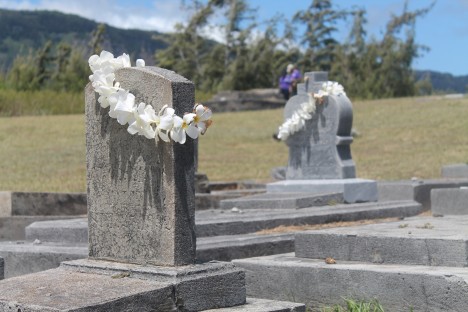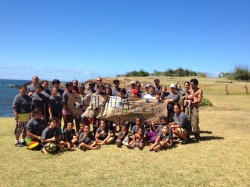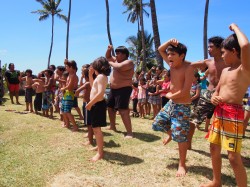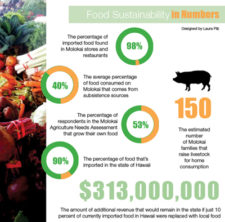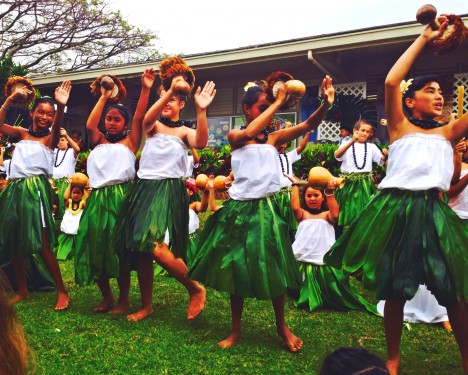Capitol Hill Gets a Taste of Molokai
While this week, Molokai celebrates food in the Dispatch “Taste of Molokai” issue, last week, food from Hawaii was celebrated in Washington D.C.’s Capitol Hill – and Molokai was represented. Pacific Hawaii, a gourmet sea salt company on Molokai founded by Salt Master Nancy Gove, was invited to the first-ever event.
Called “Hawaii on the Hill,” the special Taste of Hawaii event highlighting Hawaii-made or grown products in the nation’s capital was the first of its kind this year. Washington, D.C. often hosts states to highlight their products, and on July 23, Hawaii was showcased for the first time. An invitation-only open house for Congressional members of friends of the State of Hawaii, the event was attended by over 500 VIPs.…







